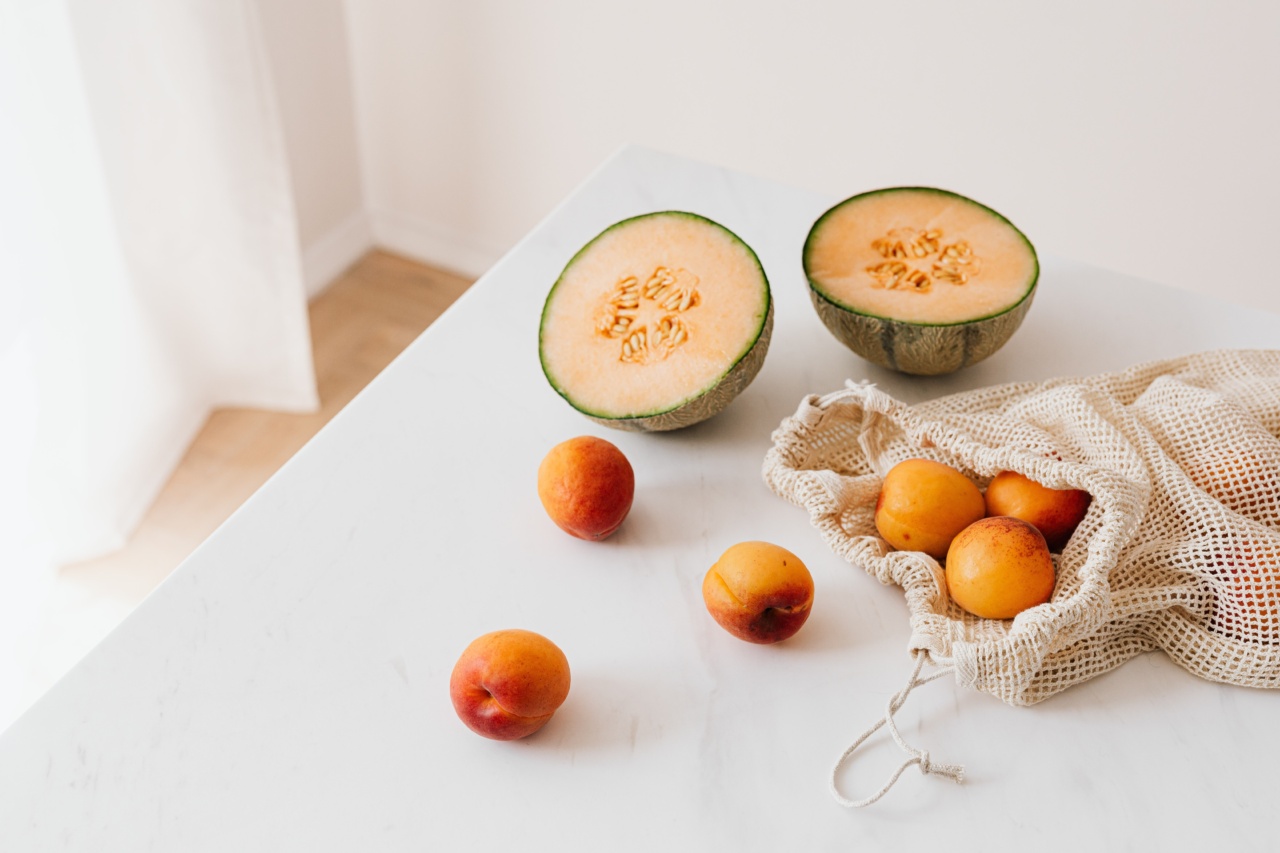The Zero-Calorie Diet: Foods That Have a Negative Caloric Impact
When it comes to weight loss, most people focus on restricting calories and exercising regularly.
However, what if there was a way to burn calories while eating? It may sound too good to be true, but there are certain foods that have a negative caloric impact. This means that your body burns more calories digesting these foods than the actual calories they provide. These negative calorie foods can be a great addition to your diet if you’re looking to shed those extra pounds.
Let’s dive in and explore the zero-calorie diet and the foods that can help you achieve your weight loss goals.
What are Negative Calorie Foods?
Negative calorie foods, also known as zero-calorie foods, are those that require more energy to digest and absorb than the number of calories they contain. The thermic effect of food refers to the energy used by our body to process the food we consume.
These foods have a higher thermic effect, leading to a negative caloric impact.
The Science Behind Negative Calorie Foods
Our body uses calories as a source of energy. When we consume food, the body breaks it down into smaller components through digestion. This process requires energy, which is measured in calories.
However, certain foods are more difficult to break down, and our body has to work harder to process them. This increased effort leads to a higher caloric burn during digestion. The calories burned while processing these foods often exceed the calories they provide. This creates a negative caloric impact, making these foods ideal for weight loss.
Examples of Negative Calorie Foods
There are many negative calorie foods that you can incorporate into your diet. Here are some popular examples:.
1. Celery
Celery is often considered a staple in weight loss diets due to its negative caloric impact. It is low in calories and high in fiber, making it a great choice for snacking. Additionally, celery is packed with water, which adds to its thermic effect.
2. Grapefruit
Grapefruit is known for its fat-burning properties. It contains a compound called naringenin, which helps lower insulin levels and promote weight loss.
Additionally, grapefruit is high in water content and fiber, making it a refreshing and satisfying choice.
3. Cucumber
Cucumbers are incredibly low in calories and high in water content. They are rich in vitamins and minerals, making them a nutritious addition to any diet. Snacking on cucumbers can help keep you hydrated and aid in weight loss.
4. Broccoli
Broccoli is a nutrient-dense vegetable that is low in calories but high in fiber. It is packed with vitamins, minerals, and antioxidants that contribute to overall health.
Incorporating broccoli into your meals can boost your nutrient intake while promoting weight loss.
5. Watermelon
Watermelon is a delicious and hydrating fruit that is perfect for summer. It has a high water content and is low in calories. Enjoying a slice of watermelon not only satisfies your sweet tooth but also helps you stay hydrated and promotes weight loss.
6. Spinach
Spinach is a leafy green vegetable that is rich in nutrients and low in calories. It is an excellent source of vitamins A, C, and K, as well as iron, calcium, and antioxidants.
Adding spinach to your salads, smoothies, or stir-fries can enhance the nutritional value of your meals without adding extra calories.
7. Cauliflower
Cauliflower is a versatile vegetable that can be enjoyed raw, steamed, roasted, or mashed. It is low in calories and high in fiber, making it a great choice for weight loss.
Cauliflower also contains compounds that may have anti-inflammatory and anti-cancer properties.
8. Oranges
Oranges are packed with vitamin C and fiber. They are low in calories and have a high water content. Oranges are not only refreshing but also provide a range of health benefits.
Including oranges in your diet can support weight loss and boost your immune system.
9. Zucchini
Zucchini is a summer squash that is low in calories and high in nutrients. It is an excellent source of vitamin C, vitamin A, potassium, and fiber. You can enjoy zucchini as a pasta substitute, in salads, or even grilled as a side dish.
10. Apples
An apple a day keeps the doctor away, and it can also aid in weight loss. Apples are high in fiber and water content, which helps keep you full for longer. They make a convenient and nutritious snack option for those trying to lose weight.
How to Incorporate Negative Calorie Foods into Your Diet
Now that you know about the various negative calorie foods available, you might be wondering how to incorporate them into your diet. Here are some tips:.
1. Snack on Raw Vegetables
Raw vegetables like celery, cucumbers, and carrots can make for a crunchy and nutritious snack. Keep them washed, chopped, and readily available in your refrigerator for a quick and healthy snack option.
2. Add Them to Salads
Incorporate negative calorie foods like spinach, broccoli, and cauliflower into your salads for an extra nutritional boost.
Not only will they enhance the taste and texture of your salad, but they will also add valuable nutrients without significantly increasing your calorie intake.
3. Include Them in Smoothies
Adding negative calorie foods like zucchini, spinach, or celery to your smoothies can make them more filling and nutritious. Experiment with different combinations to find the perfect balance of flavors.
4. Replace High-Calorie Snacks
Opt for negative calorie foods when you feel the need to snack. Instead of reaching for a bag of chips or a candy bar, grab a grapefruit, an apple, or a handful of cherry tomatoes to satisfy your cravings.
Possible Side Effects and Considerations
While negative calorie foods can be beneficial for weight loss, it’s important to keep some considerations in mind:.
1. Caloric Balance
While negative calorie foods may burn more calories during digestion, they still contain calories. To achieve weight loss, it’s essential to maintain a caloric deficit by consuming fewer calories than you burn overall.
2. Balanced Diet
While negative calorie foods can aid in weight loss, it’s important to follow a balanced diet that includes a variety of nutrients. Relying solely on negative calorie foods may lead to nutrient deficiencies and an imbalanced diet.
3. Individual Variations
Individuals may experience variations in their metabolism and digestion. The impact of negative calorie foods may vary from person to person.
It’s important to listen to your body and make dietary choices that align with your overall health and well-being.
Conclusion
The zero-calorie diet offers a unique approach to weight loss by incorporating foods that have a negative caloric impact. While these foods may not magically burn fat on their own, they can be a valuable addition to a balanced diet and active lifestyle.
Including a variety of negative calorie foods such as celery, grapefruit, cucumber, broccoli, and others can help you stay on track with your weight loss goals while enjoying delicious and nutritious meals. Remember, maintaining a caloric deficit and following a balanced diet are key factors in achieving sustainable weight loss.



























